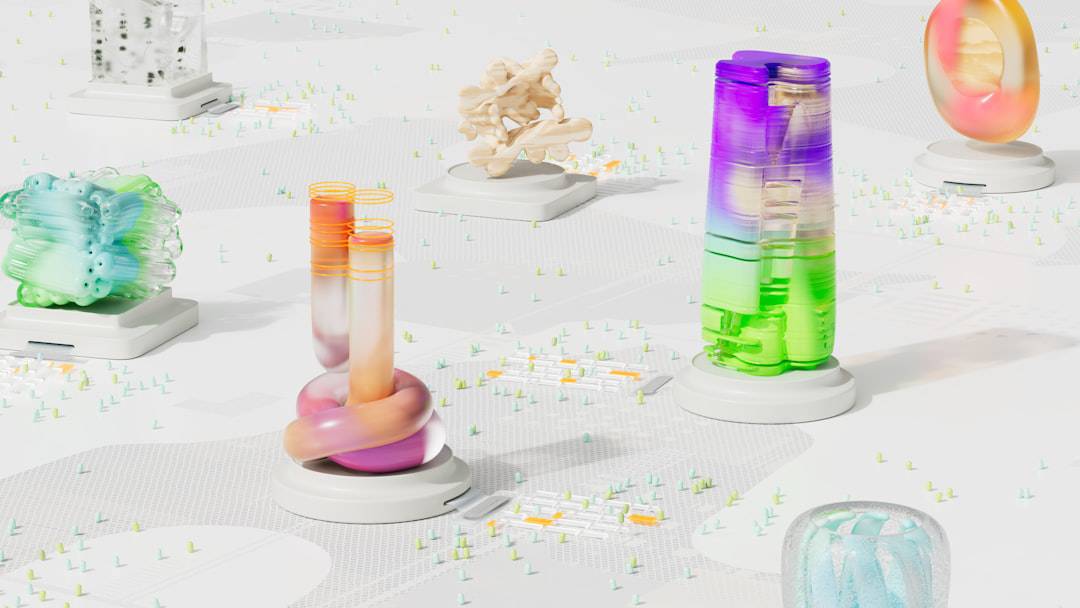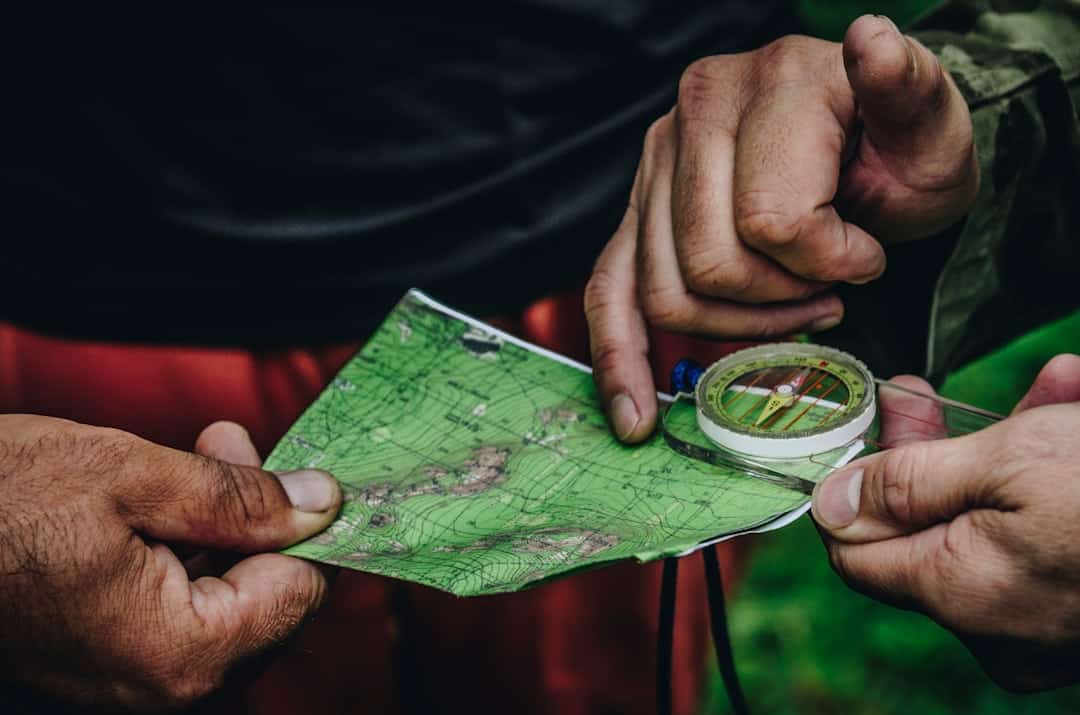Computer vision and image recognition have greatly advanced thanks to Convolutional Neural Networks (CNNs). CNNs are primarily made up of specialized layers that process complex visual data and extract features from input images. These layers, which consist of convolutional, pooling, and fully connected layers, combine to analyze images and accurately identify objects and patterns. This article looks at the different CNN layers, how they each perform particular tasks, & how they work together to make image recognition tasks more effective. Researchers and practitioners can acquire insight into CNNs’ internal operations & their uses in visual data processing by knowing the function of each layer.
Key Takeaways
- CNN layers play a crucial role in image recognition by extracting features and patterns from input images.
- Convolutional layers are powerful in detecting edges, textures, and patterns within an image, making them essential for image recognition tasks.
- Pooling layers help in reducing the spatial dimensions of the input, leading to computational efficiency and translation invariance.
- Fully connected layers enable the network to make predictions based on the extracted features, making them vital for image classification.
- Activation functions, such as ReLU and Sigmoid, introduce non-linearity to the CNN layers, enhancing the network’s ability to learn complex patterns in images.
- Leveraging CNN layers can significantly enhance image recognition tasks by effectively extracting features, reducing spatial dimensions, making predictions, and introducing non-linearity for improved accuracy and performance.
Convolutional Layers. Convolutional layers, which are usually the first layers in a CNN, work by applying a series of filters to the input image in order to extract features like edges, textures, & shapes. Subsequent layers receive these features and process them further. Identifying and Keeping Local Patterns.
To help the network learn hierarchical representations of visual data, convolutional layers are responsible for identifying local patterns in the input image. The network gets better at identifying intricate patterns and objects in the images as it goes through more convolutional layers with the input data. Layer pooling.
CNNs include pooling layers as well as convolutional layers, which work together to minimize the input data’s spatial dimensions while preserving its key characteristics. Pooling layers contribute to the network’s increased resilience to input variations, including scale or orientation shifts. Pooling layers help the network ignore unnecessary details & concentrate on the most pertinent information by downsampling the feature maps generated by convolutional layers. The core component of CNNs are convolutional layers, which are in charge of identifying specific local patterns and characteristics in input images.
| Layer Type | Function | Output Size | Parameters |
|---|---|---|---|
| Input | Input image | 32x32x3 | 0 |
| Convolutional | Feature extraction | 32x32x32 | 896 |
| Max Pooling | Downsampling | 16x16x32 | 0 |
| Convolutional | Feature extraction | 16x16x64 | 18496 |
| Max Pooling | Downsampling | 8x8x64 | 0 |
| Fully Connected | Classification | 1x1x10 | 5130 |
By applying a number of filters to the input data, these layers carry out convolutions that emphasize particular visual characteristics. A convolutional layer’s filters are made to identify specific features, like corners, edges, or textures. The network can produce feature maps that show the presence of these visual patterns at various points in the image by convolving the input image with these filters. Convolutional layers have several benefits, one of which is their capacity to learn spatial feature hierarchies. The network can extract increasingly complex and abstract features as it goes through several convolutional layers with the input data.
For instance, deeper layers can identify higher-level features like object parts or entire objects, while earlier convolutional layers may only be able to detect basic edges and textures. CNNs are incredibly efficient at tasks like object detection and image classification because of their ability to identify a broad variety of objects and patterns within images, which is made possible by hierarchical feature learning. Convolutional layers Also have weight parameters that are taught to the network during training using labeled data. Based on the particular task at hand, the network’s feature extraction capabilities can be optimized & it can adapt to various types of visual data thanks to these learned parameters.
Convolutional layers can better perform in image recognition tasks by learning to capture the most discriminative features in the input images by varying these parameters during training. For image recognition tasks, CNNs’ robustness and efficiency are greatly improved by the pooling layers. These layers, which downsample the feature maps created by the preceding layer, are usually added after convolutional layers. Pooling layers contribute to the network’s increased invariance to minute changes in the input data, such as shifts in object position or scale, by lowering the spatial dimensions of the feature maps.
A popular kind of pooling operation is called max pooling, and it chooses the highest value within each feature map’s local neighborhood. This procedure produces a more condensed representation of the input data by efficiently keeping the most noticeable features & removing less important information. Consequently, pooling layers help to lessen the computational load on later layers in the network while maintaining crucial visual cues required for precise recognition. The ability of pooling layers to give the network translational invariance is another advantage.
Pooling layers allow the network to focus on the overall presence of specific patterns rather than their precise spatial locations by aggregating data from nearby neighborhoods and selecting the most salient features. This feature is especially helpful for tasks where an object’s precise location within an image might change, like object detection. The efficiency and generalization abilities of CNNs for image recognition are largely enhanced by pooling layers.
Pooling layers enhance the overall robustness & efficiency of CNNs in managing a variety of visual recognition tasks by lowering spatial dimensions and introducing invariance to minute variations in the input data. In the fully connected layer, which is the last stage of a neural network, predictions about the input data are made using high-level features that were extracted by previous layers. With each neuron in this layer connected to every other neuron in the layer before it, these layers are organized like classic neural networks. In order to enable the network to distinguish finely between various classes or categories, fully connected layers integrate global information from the complete input data & carry out intricate transformations.
Fully connected layers are primarily responsible for mapping features that have been extracted from previous layers to particular output classes or labels. A series of weighted connections and activation functions are used to accomplish this mapping, transforming the input data into a format appropriate for tasks involving regression or classification. Fully connected layers are able to accurately predict the content of the input data and capture complex relationships within it by utilizing high-level representations and global information that have been learned by previous layers. Also, non-linear activation functions embedded in fully connected layers impart non-linearities into the network, allowing it to model complex decision boundaries & capture intricate patterns in the input data. The ability of CNNs to learn and represent highly non-linear relationships between features and output classes is largely dependent on activation functions like sigmoid functions or ReLU (Rectified Linear Unit).
In order to give CNNs strong classification capabilities and allow them to attain cutting-edge performance in image recognition tasks, fully connected layers are crucial. Linear Unit Rectified (ReLU). Rectified Linear Unit (ReLU), a popular activation function in CNNs, creates non-linearity by directly outputting the input if it is positive and zero otherwise. ReLU’s ease of use and potency in addressing problems like disappearing gradients during training have made it a favorite among CNNs. ReLU activation functions help to improve training efficiency and generalization capabilities by enabling faster convergence and better gradient flow through the network.
Additional Functions of Activation. CNNs employ multiple activation functions, including sigmoid & tanh functions, in addition to ReLU, to incorporate non-linearities and facilitate the modeling of intricate relationships within the data. Achieving high performance in image recognition tasks requires these functions to transform the input data into non-linear representations that can capture complex patterns and dependencies. The significance of functions that activate.
All things considered, activation functions are essential parts of CNN layers that help the network learn intricate visual data representations and make precise content predictions. Activation functions are essential for improving the expressive power and learning capabilities of CNNs for image recognition because they introduce non-linearities & facilitate efficient gradient flow during training. In summary, CNN layers are critical in allowing deep learning models to achieve impressive results in image recognition tasks. Every kind of layer, from fully connected layers that generate high-level predictions based on learned representations to convolutional layers that extract local features from input images, adds differently to the overall effectiveness of CNNs in identifying intricate visual patterns & objects. Researchers & practitioners can leverage CNN layers to create extremely efficient image recognition systems by comprehending the distinct functions and contributions of each layer.
A thorough framework for evaluating & comprehending visual data is produced by combining the strength of convolutional layers in identifying local patterns, the influence of pooling layers in boosting robustness, and the capacity of fully connected layers to produce extremely detailed predictions. Activation functions also play a crucial role in introducing non-linearities into CNNs, which allows them to model intricate relationships found in visual data. CNNs can learn highly discriminative representations of images and attain state-of-the-art performance in image recognition tasks by skillfully utilizing these functions. The further advancement of image recognition and computer vision will depend on our ability to comprehend and make use of CNN layers’ capabilities as we investigate and develop deeper into the field of deep learning. By utilizing their potential, we can open up new avenues for applications like visual content analysis, object detection, and scene understanding, which will eventually improve machines’ ability to perceive and interpret visual data with efficiency and accuracy comparable to that of humans.
Check out this fascinating article on exploring the metaverse and how it is becoming a new frontier in digital reality. It delves into the concept of the metaverse and its potential impact on our lives. The article also discusses the challenges of the hybrid reality and the process of creating a virtual identity within the metaverse. It’s a thought-provoking read that complements the discussions on CNN Layer about the future of digital reality.
FAQs
What is a CNN layer?
A CNN layer, or Convolutional Neural Network layer, is a type of layer used in deep learning for processing and classifying visual data such as images.
How does a CNN layer work?
A CNN layer applies a series of filters to the input data in order to extract features and patterns. These filters are learned during the training process and help the network recognize different aspects of the input data.
What are the benefits of using CNN layers?
CNN layers are particularly effective for tasks involving visual data, as they can automatically learn and extract features from the input data. This makes them well-suited for tasks such as image recognition and classification.
What are some common applications of CNN layers?
CNN layers are widely used in various applications such as image recognition, object detection, facial recognition, medical image analysis, and autonomous driving.
How are CNN layers different from other types of neural network layers?
CNN layers are specifically designed to handle visual data and are characterized by their use of convolutional filters and pooling operations, which help capture spatial hierarchies and patterns in the input data. This sets them apart from other types of neural network layers such as fully connected layers.











Leave a Reply